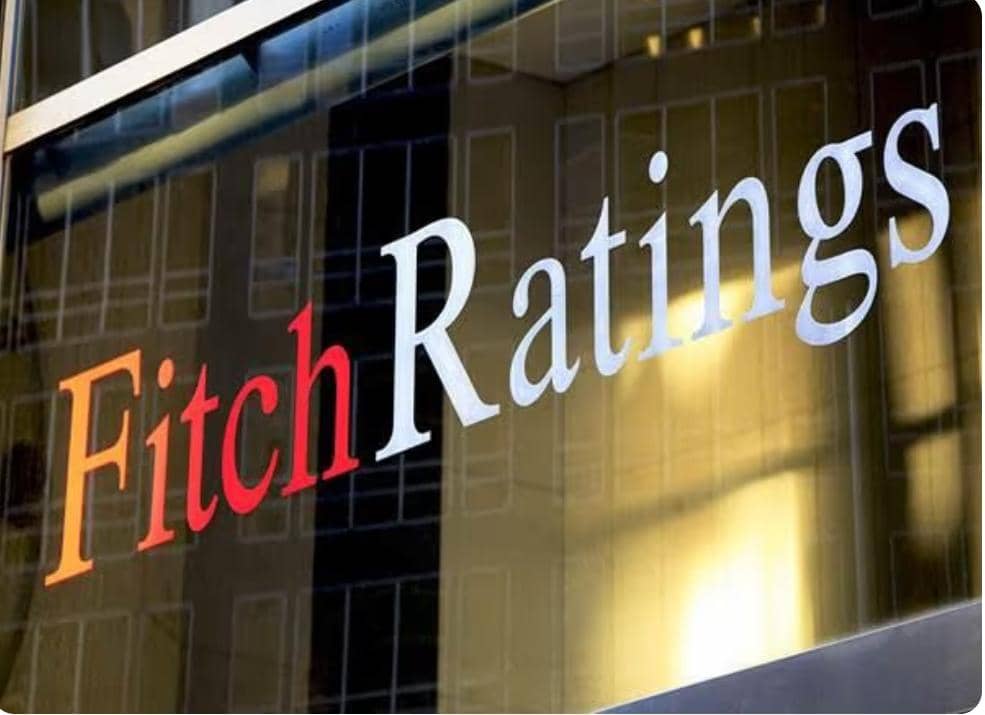two components: the Privately Monitored Ratings (PMR) portfolio and the Model-based Credit Opinion (MCO) portfolio. The PMR default rate includes about 300 issuers privately rated by Fitch for the benefit of insurance companies. The MCO default rate tracks about 900 issuers in Fitch’s rated middle market CLO portfolio, where Fitch provides point-in-time credit opinions on the collateral. The MCO default rate excludes issuers already covered in the PMR default rate.
This month, Fitch adds granularity to default rate reporting by introducing the MCO component default rate, debuting at 4.5% for the trailing twelve months (TTM) ending 2Q25. Fitch will publish the PCDR and its component PMR and MCO rates monthly. All three default rates follow identical methodologies and are calculated on an issuer count basis for the TTM period.
Fitch’s PMR default rate, based on approximately 300 issuers in its PMR portfolio, rose to 9.5% in 2Q25 from 7.8% in 1Q25. This marks its highest level since Fitch recorded the first default in the PMR portfolio in 2019. Eight new unique defaulters emerged this quarter, double the four recorded in 1Q25. Maturity extensions for financially stressed companies caused four defaults. Interest deferrals and payment-in-kind introductions led to three more defaults, while a single case of an uncured payment default rounded out the eight defaults for 2Q25. The TTM total now stands at 28 unique defaulters.
“Smaller, private issuers remain particularly vulnerable to economic swings, GDP slowdowns, and persistent elevated interest rates, especially given their floating-rate structures,” said Lyle Margolis, Fitch Ratings’ Head of Private Credit, Corporates.
Macroeconomic factors such as U.S. tariff volatility, a deteriorating economic outlook, and high interest rates dampened MM issuance in 2Q25. Data from LevFin Insights (LFI), a Fitch Solutions company, showed MM volume fell 16% yoy in the second quarter to $11.6 billion from $13.7 billion. Although 1H25 volume declined 17% yoy to $24.3 billion, it marked the second-strongest start since data collection started in 2016, behind only 2024.
Source:www.fitchratings.com


